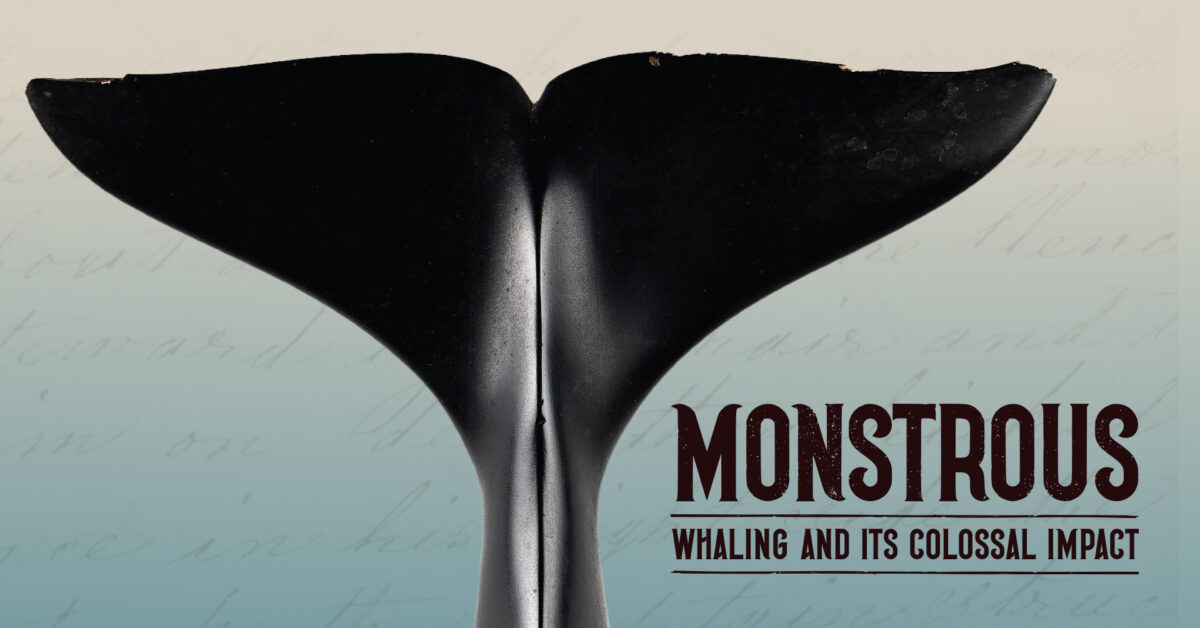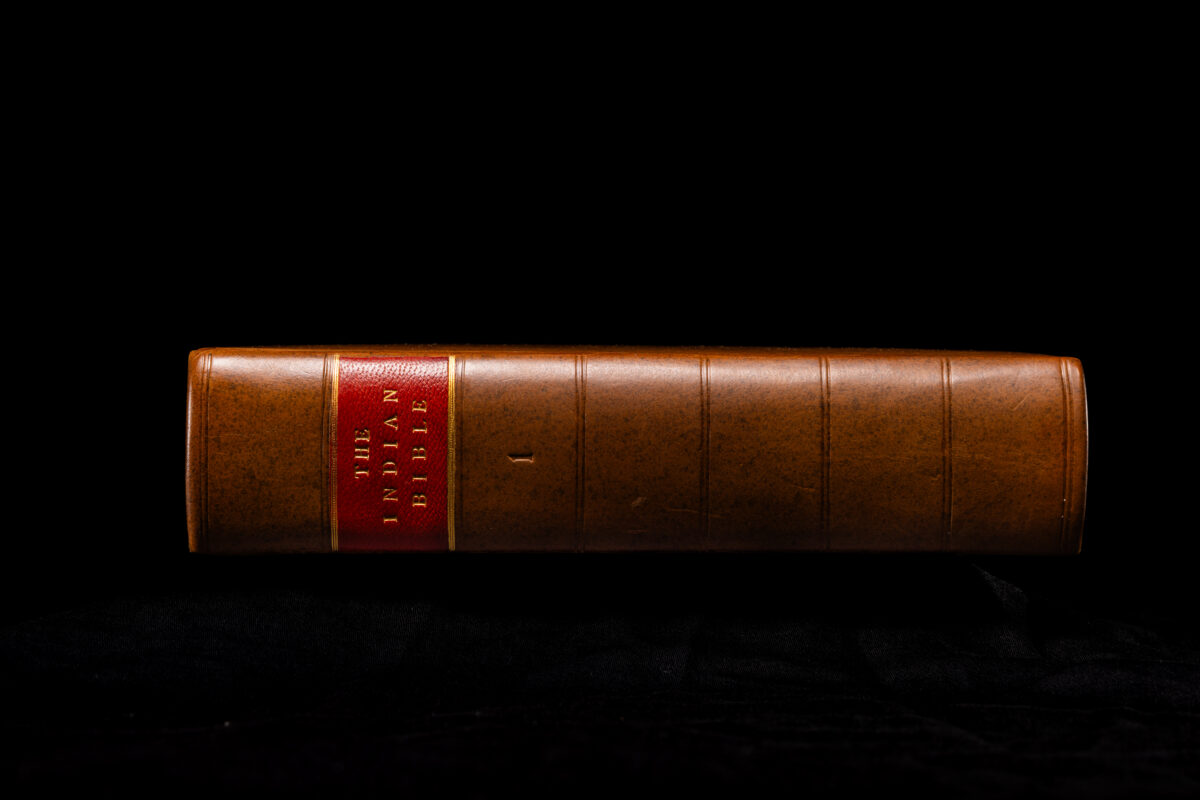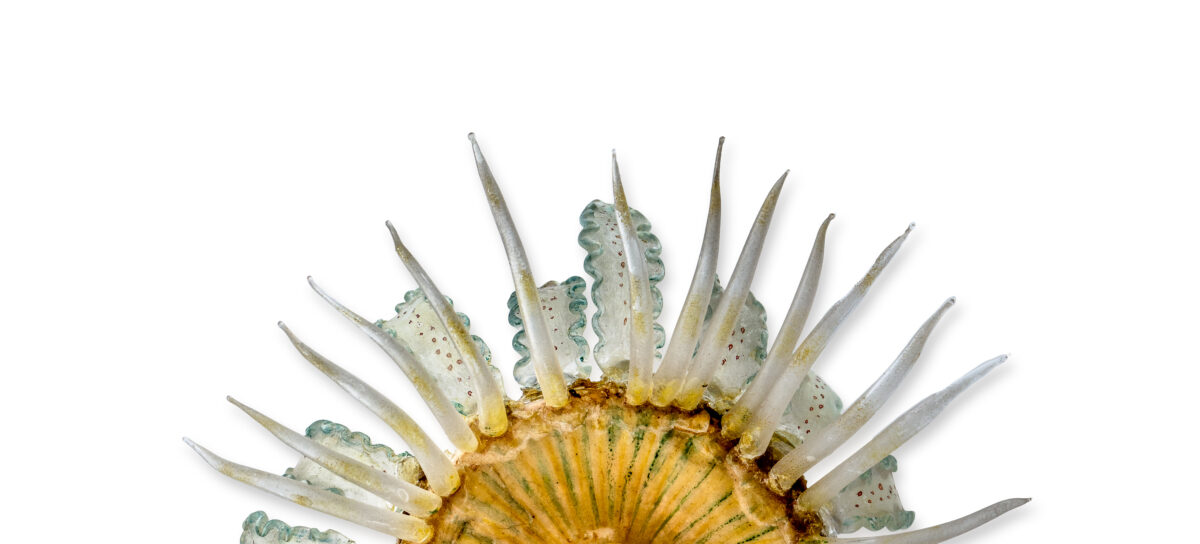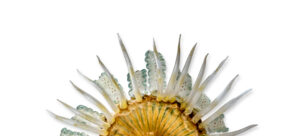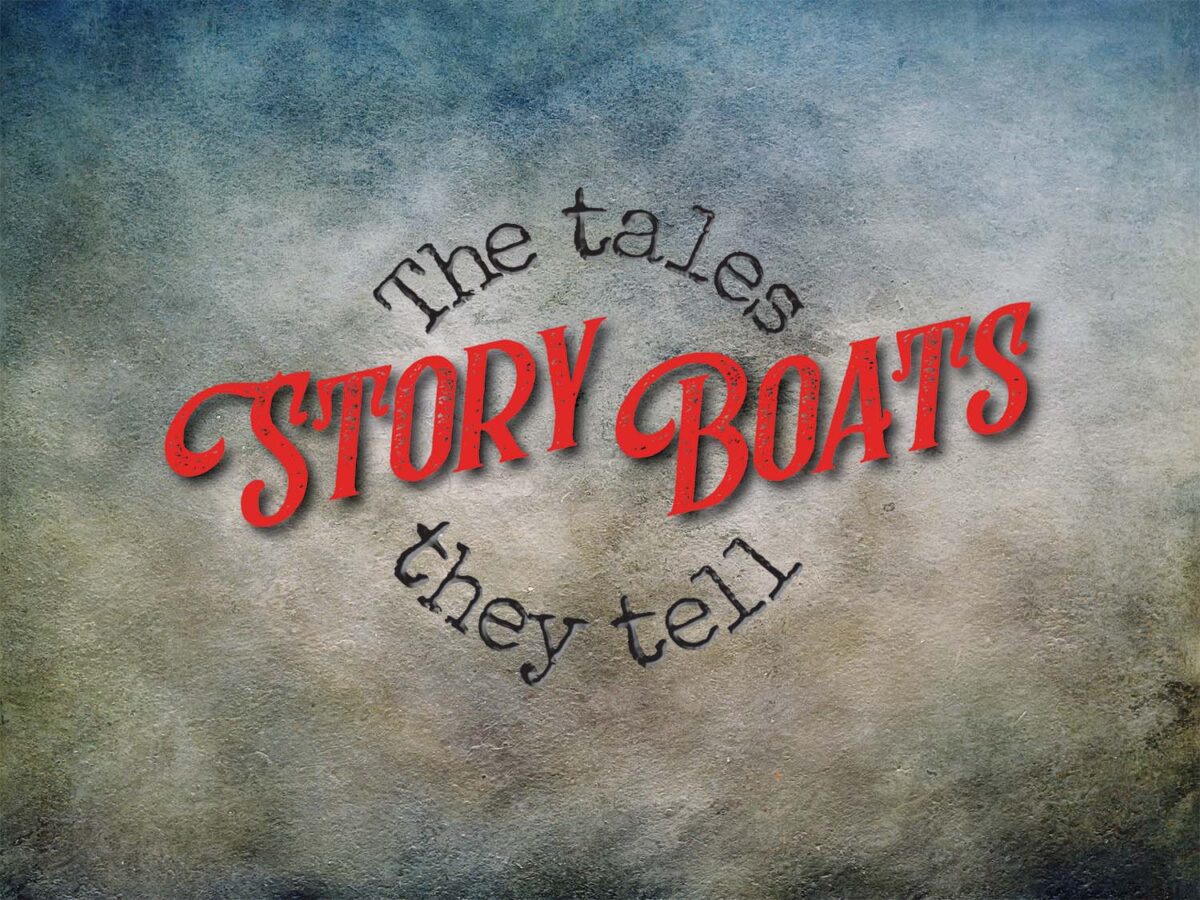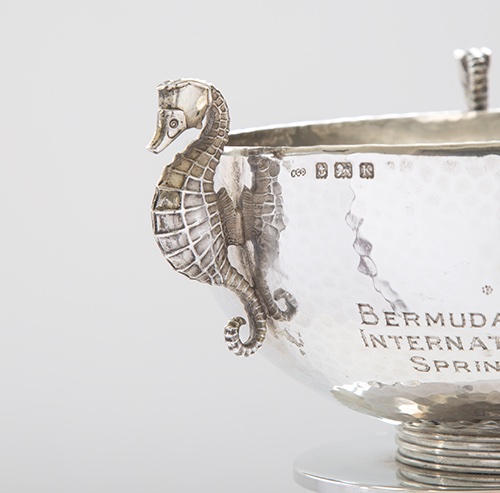Mystic Seaport Museum Announces Exciting Lineup of Activities, Events, and Exhibitions in June!
Mystic, Conn. (May 29, 2025) – This summer, Mystic Seaport Museum invites visitors of all ages to explore, connect, and discover their sea story at the nation’s largest maritime museum. Rooted in the belief that the sea connects us all, the Museum offers an enriching lineup of events, exhibitions, and hands-on experiences designed to inspire an enduring connection to the American maritime experience.
From daily water excursions and historic demonstrations to family-friendly exhibits and live performances, the Museum’s 2025 summer season is filled with opportunities to engage with New England’s maritime heritage and spend quality time with your family and friends.
Ongoing Daily Activities Include:
- Summer of the Morgan: special activities onboard the Charles W. Morgan, scavenger hunt and activity booklet, storytelling, photo opportunities, Moby-Dick marathon, and the Morgan’s 184th birthday celebration on July 19 and 20.
- Get out on the Water: Rowboats, pedal boats, and sailboats from the Boathouse, and captained cruises aboard the National Historic Landmark vessel Sabino.
- Seaport Village Games and Demonstrations: Traditional trade demonstrations, historical storytelling, and interactive learning throughout the Seaport Village.
- Family Fun: Discovery activities at the Funk Children’s Museum, Toy Boat Workshop, Discovery Barn, and ships playscape. Daily educational and immersive shows in the Treworgy Planetarium.
- World-class Exhibitions: Powerful exhibitions explore the maritime histories in Indigenous, African, and African-descended worldviews and experiences; the local commercial fishing industry and regional connections; the history and lasting impact of whaling in our newest exhibition Monstrous: Whaling and Its Colossal Impact; and more.
- The Henry B. du Pont Preservation Shipyard: Traditional shipbuilding techniques are kept alive as skilled shipwrights maintain historic wooden vessels.
- The Summer Activity Schedule: Look for an array of games, tours, music, performances, storytelling, and demonstrations all summer!
June Highlights:
- Newfoundland Dog Water Rescue Demonstrations, June 8 and 22
Witness trained Newfoundland dogs showcase their remarkable water rescue skills in partnership with the Land & Sea Newfoundland Training Group.
- Mystic Seaport Ship Modelers Model Train Show, June 12–15
Explore a detailed 1:48 scale On30 modular railroad inspired by New England’s coastal rail history, “the Narragansett Bay Railway & Navigation Co.”
- Father’s Day Weekend Festivities, June 14–15
Enjoy the Revolutionary War Encampment on Saturday, and on Sunday, relax by the river with live music. All weekend, visit the model train show, take a ride in a vintage Model A truck, get out on the water, and give dad a special Father’s Day card from the Print Shop.
- Revolutionary War Encampment, June 14
Step into 18th-century life with reenactors from Connecticut regiments. Activities include demonstrations of historical medical practices, trades, and shipboard life, culminating in a celebratory parade at 3:30 p.m. as news of the signing of the Declaration of Independence reaches the seaport!
- New London Big Band Father’s Day Concert, June 15 at 2:00 p.m.
A live performance by Sean Nelson’s 17-piece jazz orchestra. Bring your lawn chairs and enjoy an afternoon of upbeat jazz and swing classics. Concert is included with Museum admission and free for Members.
- Juneteenth Commemoration Ceremony, June 19 at 3:00 p.m.
Join the Museum in honoring Juneteenth with poetry by Rhonda Ward, a presentation by historian John Mills, and music by the Niantic Community Church Gospel Choir.
- WoodenBoat Show, June 27–29
Hosted in partnership with WoodenBoat Publications, this annual event features over 100 traditional and classic wooden boats of every type, from handcrafted kayaks to mahogany runabouts, and classic daysailers to schooners, along with expert demonstrations and vendors. One-day and three-day passes available. Free for Museum Members.
- Small Craft Workshop, June 27–29
In collaboration with the Traditional Small Craft Association, the John Gardner Small Craft Workshop offers skills demonstrations and free boat rentals during the WoodenBoat Show.
- After-hours Music Series, Fridays through August (excludes July 4)
Enjoy live music at Schaefer’s Spouter Tavern overlooking the Charles W. Morgan and the beautiful Mystic River.
Mystic Seaport Museum is open daily with activities and programs suitable for all ages. Whether you’re sailing on a historic vessel, participating in living history, or simply enjoying the scenic waterfront, there’s something for everyone to discover this summer.
For tickets, a full calendar of events, and the latest updates, visit: www.mysticseaport.org.
About Mystic Seaport Museum
Mystic Seaport Museum is the nation’s leading maritime Museum. Founded in 1929 to gather and preserve the rapidly disappearing artifacts of America’s seafaring past, the Museum has grown to become a national center for research and education with the mission to “inspire an enduring connection to the American maritime experience.” The Museum’s grounds cover 19 acres on the Mystic River in Mystic, CT, and include a recreated New England coastal village, a working shipyard, formal exhibit halls, and state-of-the-art artifact storage facilities. The Museum is home to more than 500 historic watercraft, including four National Historic Landmark vessels, most notably the 1841 whaleship Charles W. Morgan. For more information, please visit mysticseaport.org and follow the Museum on Facebook, X, YouTube, and Instagram.
###


